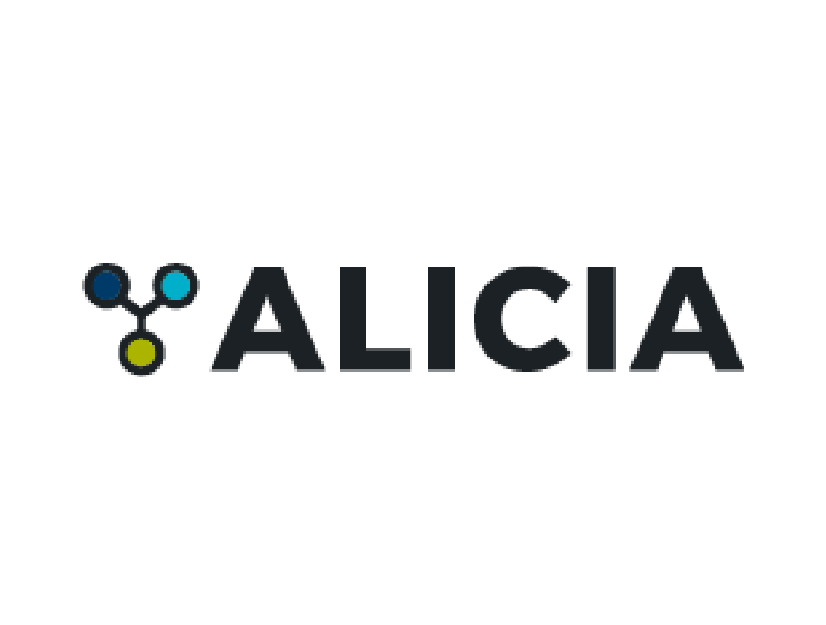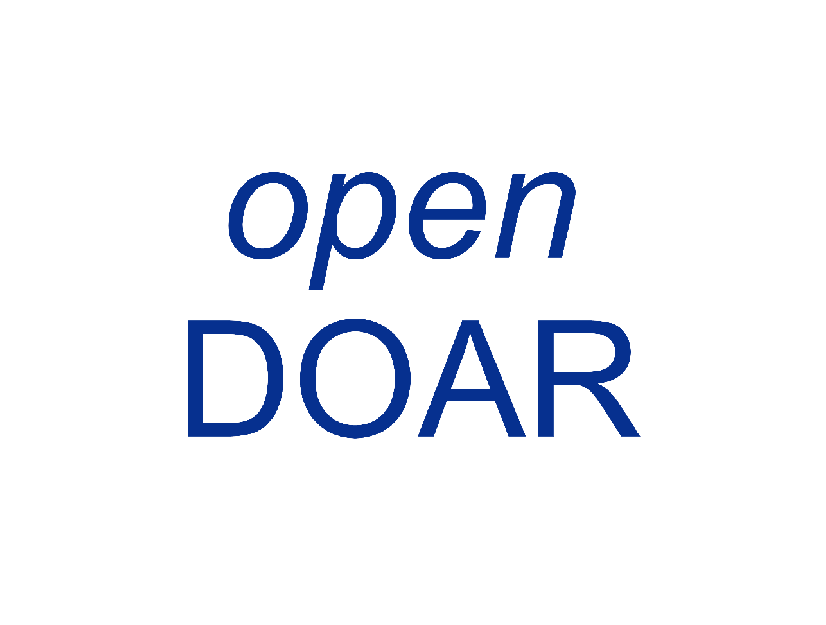Mostrar el registro sencillo del ítem
Sales minerales orgánicas, vitaminas liposolubles e hidrosolubles sobre el rendimiento productivo de cuyes machos (Cavia porcellus) en fase de crecimiento - acabado
| dc.contributor.advisor | Piscoya Vargas, César Augusto | es_PE |
| dc.contributor.author | Carrasco Díaz, Zully Rene | es_PE |
| dc.contributor.author | Gonzales Bances, Eddinson | es_PE |
| dc.date.accessioned | 2025-11-13T17:19:54Z | |
| dc.date.available | 2025-11-13T17:19:54Z | |
| dc.date.issued | 2025-01-15 | |
| dc.identifier.uri | https://hdl.handle.net/20.500.12893/15597 | |
| dc.description.abstract | Actualmente la alimentación de cuyes a variado, debido al avance en su mejoramiento genético, conllevando a la variación de sus requerimientos nutricionales, medidas esenciales para poder satisfacer las necesidades nutricionales en esta especie, sobre todo en micronutrientes, destacando, vitaminas, macrominerales y oligoelementos, estos nutrientes son importantes para el funcionamiento del organismo, siendo necesario aprovechar la acción de estas sustancias, sobre todo, cuando los minerales se suministran en la alimentación en forma orgánica, tienen mayor biodisponibilidad, y digestibilidad, incrementando su acción como cofactores, permitiendo a las enzimas realizar una eficiente acción en el metabolismo energético, asimismo estos catalizadores disminuyen la cantidad de radicales libres que se forman en el proceso metabólico, permitiendo el funcionamiento eficiente del Sistema inmune. Por tanto, se investigó si el uso de sales minerales orgánicas, vitaminas liposolubles e hidrosolubles actúan sobre el rendimiento productivo de cuyes machos (Cavia porcellus) en fase de crecimiento – acabado; el objetivo fue evaluar el efecto de estas sustancias en el rendimiento productivo en esta especie, sobre todo, conversión alimenticia y mérito económico. El estudio se llevó a cabo en una granja de cuyes, ubicada en la ciudad de Íllimo, para lo cual se utilizó 75 cuyes machos de quince días de edad de raza Perú, distribuidos en cinco tratamientos, todos los tratamientos recibieron dietas isocalóricas e isoproteícas, además chala en cantidad de 20% de su peso vivo; el enfoque del estudio fue cuantitativo, para lo cual se usó el diseño estadístico completamente aleatorio (DCA), empleándose en los tratamientos, sales minerales y vitaminas liposolubles e hidrosolubles en gramos por 100 kilos de alimento, tanto en cuyes en fase de crecimiento y acabado, así tenemos: T0= 0 y 0; T1= 50 y 25; T2= 100 y 50; T3= 150 y 75; T4= 200 y 100 g; en cuanto a la variable ganancia de peso fue no significativo (p>0.01) en todas las edades evaluada, y los pesos finales fueron T0= 1065.20; T1= 1067.47; T2= 1065.27; T3= 1076.33 y T4= 1068.20 g; en cuanto a la conversión alimenticia y mérito económico respectivamente fue : T0= 3.02, 6.98; T1= 2.82, 6.48; T2= 2.82, 6.47; T3= 2.76, 6.46; T4= 2.13, 4.92. por tanto, el tratamiento T4 (0.2% de sales minerales orgánicas y vitaminas, en fase de crecimiento y 0.1% en acabado) resultó eficiente. | es_PE |
| dc.description.abstract | Currently, the feeding of guinea pigs has varied, due to the progress in their genetic improvement, leading to the variation of their nutritional requirements, essential measures to be able to satisfy the nutritional needs of this species, especially in micronutrients, highlighting vitamins, macrominerals and trace elements. These nutrients are important for the functioning of the organism, making it necessary to take advantage of the action of these substances, especially when the minerals are supplied in the diet in organic form, they have greater bioavailability and digestibility, increasing their action as cofactors, allowing the Enzymes carry out an efficient action in the energy metabolism, these catalysts also reduce the amount of free radicals that are formed in the metabolic process, allowing the efficient functioning of the immune system. Therefore, the use of organic mineral salts, fat-soluble and water-soluble vitamins act on the productive performance of male guinea pigs (Cavia porcellus) in the growth – finishing phase; whose objective was to evaluate the effects of these substances on productive performance in this species, especially feed conversion and economic merit. For this purpose, the study was carried out on the guinea pig farm, located in the city of Íllimo, for which 75 fifteen-day-old male guinea pigs of the Peru breed were used, distributed in five treatments, all treatments received diets isocaloric and isoproteic, in addition to chala in an amount of 20% of their live weight; The approach of the study was quantitative, for which the completely randomized statistical design (DCA) was used, carrying out the following treatments, mineral salts and fat-soluble and water-soluble vitamins in grams per 100 kilos of food, both in guinea pigs in the growth and finishing phases. , thus we have: T0= 0 and 0; T1= 50 and 25; T2= 100 and 50; T3= 150 and 75; T4= 200 and 100 g; Regarding the weight gain variable, it was non-significant (p>0.01) at all ages evaluated, and the final weights were T0= 1065.20; T1= 1067.47; T2= 1065.27; T3= 1076.33 and T4= 1068.20 g; Regarding feed conversion and economic merit respectively, it was: T0= 3.02, 8.22; T1= 2.82, 7.65; T2= 2.82, 7.65; T3= 2.76, 7.51; T4= 2.13, 4.92. Therefore, the T4 treatment (0.2% of organic mineral salts and vitamins, in the growth phase and 0.1% in the finishing phase) was efficient. | es_PE |
| dc.format | application/pdf | es_PE |
| dc.language.iso | spa | es_PE |
| dc.publisher | Universidad Nacional Pedro Ruiz Gallo | es_PE |
| dc.rights | info:eu-repo/semantics/openAccess | es_PE |
| dc.rights.uri | http://creativecommons.org/licenses/by-nc-sa/4.0/ | es_PE |
| dc.subject | Cuyes machos | es_PE |
| dc.subject | Nutrición del cuy | es_PE |
| dc.subject | Prevención de cuyes | es_PE |
| dc.title | Sales minerales orgánicas, vitaminas liposolubles e hidrosolubles sobre el rendimiento productivo de cuyes machos (Cavia porcellus) en fase de crecimiento - acabado | es_PE |
| dc.type | info:eu-repo/semantics/bachelorThesis | es_PE |
| thesis.degree.name | Médico Veterinario | es_PE |
| thesis.degree.grantor | Universidad Nacional Pedro Ruiz Gallo - Facultad de Medicina Veterinaria | es_PE |
| thesis.degree.discipline | Medicina Veterinaria | es_PE |
| dc.type.version | info:eu-repo/semantics/submittedVersion | es_PE |
| dc.publisher.country | PE | es_PE |
| dc.subject.ocde | http://purl.org/pe-repo/ocde/ford#4.03.01 | es_PE |
| renati.author.dni | 47937279 | |
| renati.author.dni | 48223419 | |
| renati.advisor.dni | 17531144 | |
| renati.advisor.orcid | https://orcid.org/0000-0002-9515-1658 | es_PE |
| renati.type | http://purl.org/pe-repo/renati/type#tesis | es_PE |
| renati.level | http://purl.org/pe-repo/renati/nivel#tituloProfesional | es_PE |
| renati.discipline | 841016 | es_PE |
| renati.juror | Ravillet Suárez, Víctor Raul | es_PE |
| renati.juror | Baique Camacho, Dionicio | es_PE |
| renati.juror | Leiva Piedra, Jose Carlos | es_PE |
Ficheros en el ítem
Este ítem aparece en la(s) siguiente(s) colección(ones)
-
Medicina Veterinaria [248]







